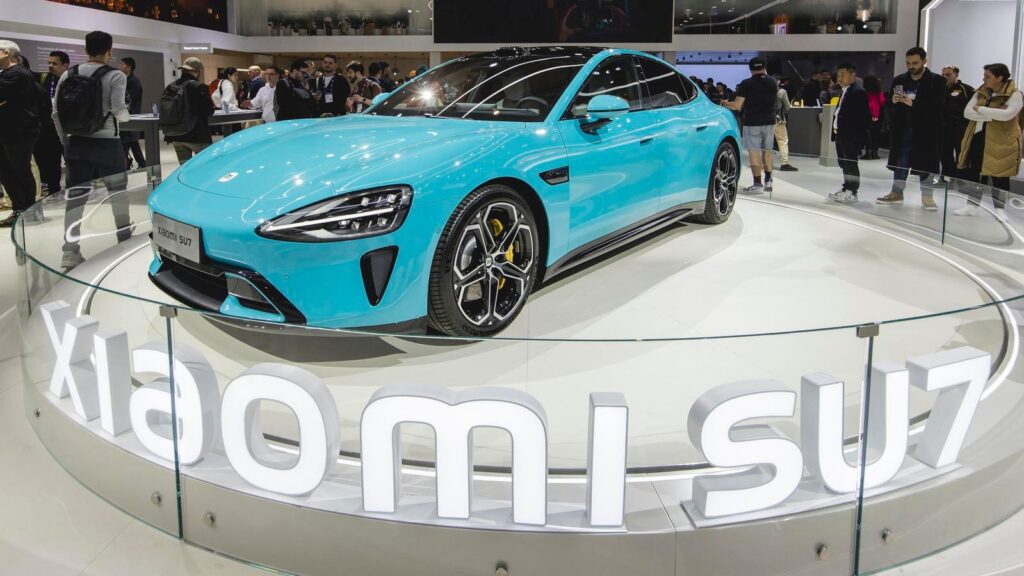
China’s Dominance in EVs: A Wake-Up Call for US Automakers
As the global electric vehicle (EV) market continues to grow at a breakneck pace, Chinese automakers and new players have emerged as major forces, threatening to disrupt the status quo. The rise of BYD, Geely, Great Wall Motor, and other Chinese companies has sent shockwaves through the industry, with even Japanese and German manufacturers acknowledging their vulnerability.
In a recent press conference, Honda CEO Toshihiro Mibe emphasized that technological trends like electrification are transforming the automotive landscape. This shift is being driven by Asian markets demanding low-cost, high-performance vehicles, which Chinese manufacturers are well-positioned to deliver.
As China’s EV strategy yields impressive results, US automakers are faced with significant challenges. Supply chain constraints, higher labor costs, and limited government support have hampered their ability to compete effectively in this new landscape. The situation is further complicated by the unwillingness of major American players like General Motors (GM) and Ford to drastically alter their business models.
In contrast, Chinese companies like BYD are making significant inroads into Europe and the Middle East, while expanding manufacturing capabilities in countries like Mexico. Meanwhile, GM has plans to cut approximately 3,000 jobs this year as part of its $2 billion cost-cutting initiative.
Ford, which is already dealing with a workforce reduction of 4,000 employees in Europe due to declining sales, is finding it difficult to adapt to the rapidly changing landscape. Tesla remains at the top of the U.S. EV market share, maintaining an impressive 48% stake, according to recent industry reports.
However, this dominance is not without its challenges for American manufacturers like Rivian, which is also pushing forward with innovative products. Despite their efforts, they are at risk of being overshadowed by Chinese competitors that are benefiting from government support and a coordinated effort in the country’s industrial strategy.
This phenomenon has been observed in other sectors as well.
Source: www.forbes.com


